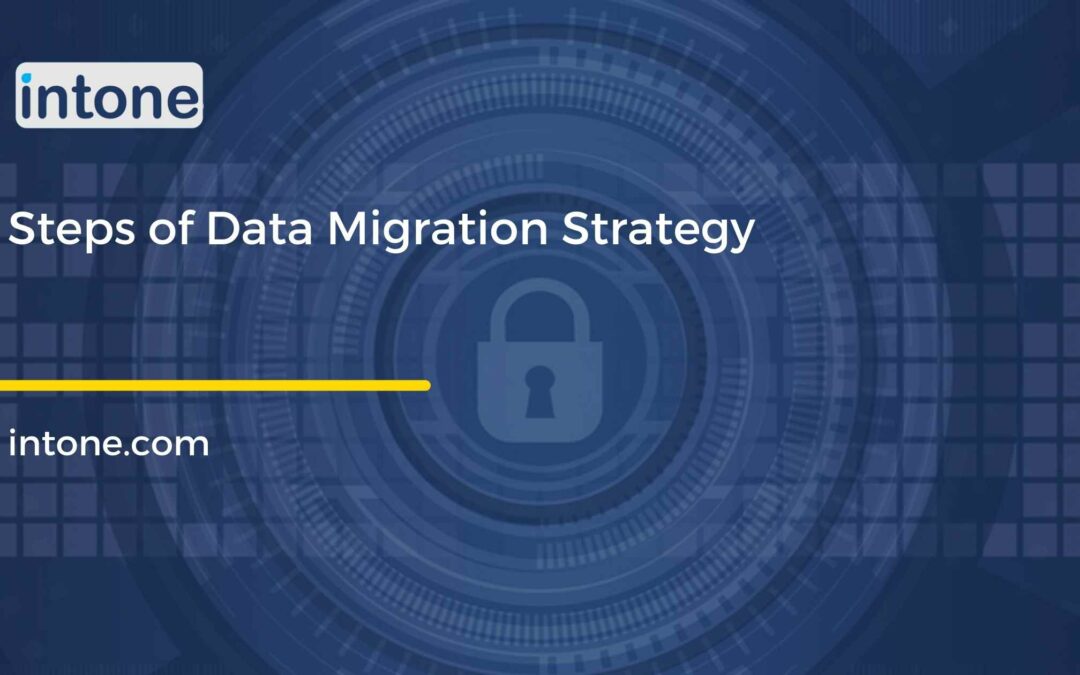Contents
Most businesses today are driven by big data. This has made it necessary for data integration and data migration to be a well-established, seamless process. A competent data migration strategy is a great way for businesses to run operations smoothly without being overwhelmed by data processes or running over budget. Thus, function at par or above expectations.
What is Data Migration?
Data migration is the process of moving data from one location to another, one format to another, or one application to another. In general, it is the result of introducing new systems or locations for data. The process of data migration also includes data preparation, extraction, and transformation and is usually performed when introducing new systems and processes for data in an organization.
Organizations usually consider data migrations for several reasons. The need to overhaul an entire system, upgrade databases, establish a new data warehouse, or merge new data from any acquisition or other sources. Data migration is also important for deploying another system that sits alongside existing applications.
6 Key Steps of a Data Migration Strategy
Data migration strategy may vary depending on the specifics that each organization requires or goals that it looks to achieve. However, generally, any data migration plan follows up a common recognizable pattern. They are
Exploring and Assessing the Sources
Before implementing data migration, it is important to understand what data you are migrating. It is also essential to understand how this data fits within the target system, how much data you would be pulling over, and what the data looks like.
Data has many fields, some of which may not need to be mapped to the target system. There is also the fact that missing data fields within a source will have to be pulled from another location to fill gaps. Businesses need to understand which data need to migrate over, which needs to be left behind, and which may be missing.
Businesses need to run an audit on the actual data contained within a data field beyond just having it meet the requirements for the said field. In case there are any poorly populated fields, a lot of incomplete data pieces, incomplete accuracies, and or other problems, businesses must consider the choice to go through the process of migrating that data in the first place.
If businesses skip this step of source review and make assumptions about understanding the data, it could result in a waste of time and money on migration. It could even prove worse as the organization can run into critical flaws in the data mapping process that can halt any progress in its tracks.
Defining and Designing the Migration
Organizations define the type of migrations they intend to take during the design phase, namely big bang or trickle. The process also involves detailing the migration process and drawing out the technical architecture of the solution. Considering designs, data that need to be pulled over, and the target system, businesses can begin defining timelines and any concerns regarding projects. Towards the end of this step, the entirety of the project is documented. During the planning process, it is important to consider the security plans of data and any data that needs to be protected should have protections throughout the plan.
Building the Migration Solution
It is tempting to approach migration with a “just enough” development approach. However, since businesses solely endure the implementation only once, it becomes crucial to urge it right. A typical way to do this is to interrupt the information into subsets and build out one class at a time. If an organization is working on a particularly large migration, it makes sense to build and test parallelly.
Conducting a Live Test
The testing process for the data migration strategy isn’t over-testing the code during the build phase. It is necessary to test the data migration design with real data for ensuring the accuracy of the implementation and completeness of the application.
Flipping the Switch
After having completed the final testing phase, implementation can be proceeded using the style that is defined in the data migration strategy.
Auditing
Once the implementation has been implemented at a live capacity, it is important to set up a system that can audit the data in order to ensure the accuracy of the migration.
Also read Data verification and Validation methods
Why Choose Intone Data Integrator?
Modern methods of business and strategies rely heavily on the proper use of data. It has become an important aspect of organizational decisions making and data migration strategy is an important arm of this process. Intone Data Integrator is a top-of-the-line data integration solution that has been tried and tested by industry leaders and experts alike. Unique Capabilities of IDI include:
- Generates knowledge graph for all data integrations done
- 600+ Data, and Application and device connectors
- A graphical no-code low-code platform.
- Distributed In-memory operations that give 10X speed in data operations.
- Attribute level lineage capturing at every data integration map
- Data encryption at every stage
- Centralized password and connection management
- Real-time, streaming & batch processing of data
- Supports unlimited heterogeneous data source combinations
- Eye-catching monitoring module that gives real-time updates
Know more about RPA in banking and RPA in healthcare.
Image by Pete Linforth from Pixabay
References:
https://corporatefinanceinstitute.com/resources/knowledge/data-analysis/data-migration/
https://www.netapp.com/data-management/what-is-data-migration/
https://www.talend.com/resources/understanding-data-migration-strategies-best-practices/

